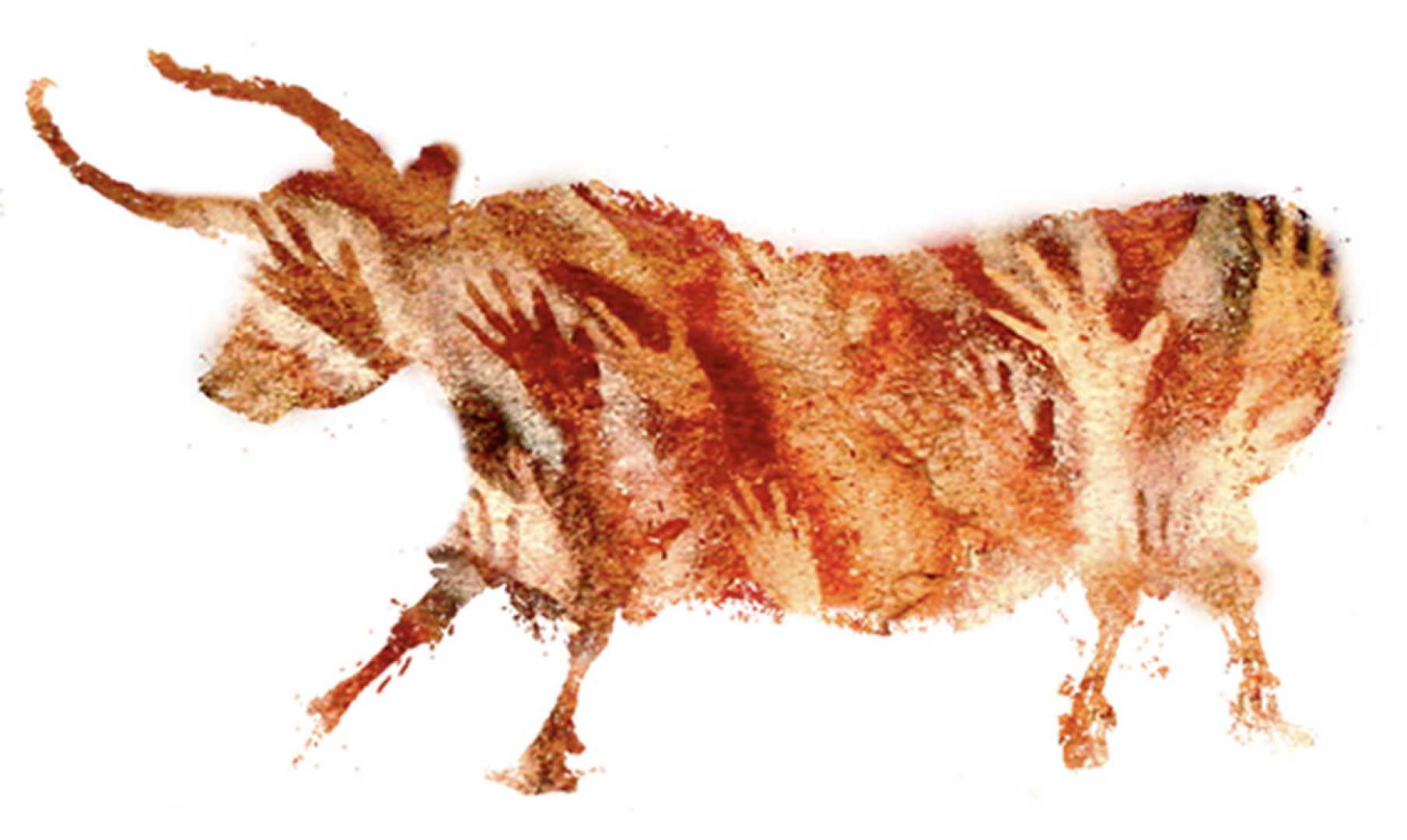News
Reintroduction of Tauros Aims to Fill Ecological Niche in Scottish Highlands

A herd of tauros, the long-horned cattle bred to resemble the extinct aurochs, is set to be released into the Scottish Highlands as part of a rewilding project. This initiative, led by the charity Trees for Life, seeks to replicate the ecological impact of the aurochs, a large herbivore that greatly influenced European landscapes before its extinction.
Trees for Life plans to introduce up to 15 tauros to its 4,000-hectare Dundreggan estate, located near Loch Ness, by 2026. The project is designed to boost biodiversity, enhance educational opportunities, and promote ecotourism. Steve Micklewright, Chief Executive of Trees for Life, stated, “Introducing the aurochs-like tauros to the Highlands four centuries after their wild ancestors were driven to extinction will refill a vital but empty ecological niche.”
The aurochs, ancestors of domestic cattle, were once among Europe’s largest land mammals. They disappeared from Britain around 1300 BC, and the species eventually went extinct in 1627 due to habitat loss and hunting. However, DNA from aurochs has survived in some ancient cattle breeds.
Efforts to reintroduce aurochs-like animals began in the early 2000s in the Netherlands, where scientists have back-bred the tauros to closely resemble the physical and genetic characteristics of the aurochs. The process was made possible by sequencing the aurochs’ genome in 2011.
While tauros are classified as domestic cattle, they share significant similarities with the aurochs, including large size and active behavior. They create diverse habitats by forming “bull pits” and support various ecosystems through their activities. Micklewright added, “Our tauros project is about looking forwards while learning from the past as we restore nature-rich landscapes.”
Tauros herds are already established in several parts of Europe, including the Netherlands, Czechia, Croatia, Spain, and Portugal. Several hundred tauros exist across these regions, where they have been shown to contribute positively to local ecosystems.
The planned reintroduction in the UK will strictly adhere to legal and animal welfare regulations. Trees for Life aims to allow the tauros to live as naturally as possible while ensuring public safety through education and management. The project is expected to take another year for development, research, and securing necessary funding.












